
NEW TO THEATERS! The Spine Of Night begins as a naked woman, Tzod (Lucy Lawless), hikes up a snowy mountain path to an unknown destination. The witch winds up in front of a giant skull, whose interior glows blue with the light of the Bloom. The Guardian (Richard E. Grant) begs her to leave as he is wary, but she tells him of what is happening in the world below. She describes how the spiteful Lord Pyrantin (Patton Oswalt) ordered Mongrel (Joe Manganiello) to kidnap her Mother’s Swamp and razed it to the ground.
She explains how Ghal-Sur (Jordan Douglas Smith) stole the Bloom to conquer the world, live forever, and gain all knowledge for himself. But he was captured by the evil leader of a group of librarian-knights, the Ashur, though the unrest of the poor and downtrod leads to a revolution. Ghal-Sur escapes during the battle, despite the best efforts of the well-intentioned Phae-Agura (Betty Gabriel). The all-powerful sorcerer then destroys city after city, sending his minions to kill any survivors, in a quest for more of the Bloom, more knowledge.
Co-writers and co-directors Philip Gelatt and Morgan Galen King’s rotoscoped, animated action-horror-fantasy opus is a visual masterwork; every frame jaw-droppingly gorgeous. The character designs are immediately striking, with bold, thick lines around them, and no two characters look the same. It is a dazzling sight to behold. The Guardian’s story to Tzod, that of the ancient legends that drew him to the home of the Bloom, is the standout. The characters in this segment are highlighted as black blocks with gold accents when in armor, and the stars are dance through their translucent bodies. It is dazzling.
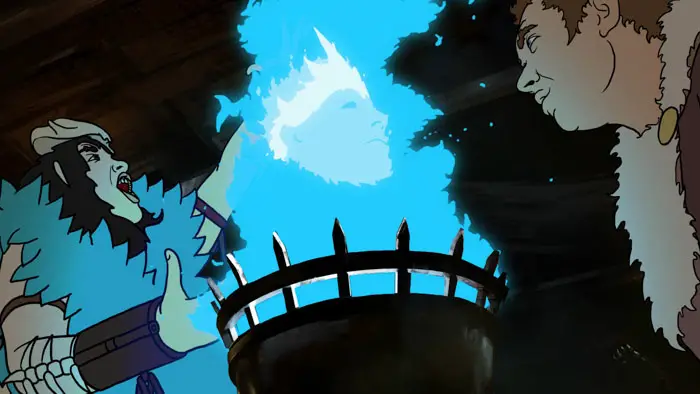
“The all-powerful sorcerer then destroys city after city…in a quest for more of the Bloom, more knowledge.”
The viscera, of which there is plenty, is also animated with incredible detail. Lord Pyrantin’s face is burned off, and the sinew and bone fragments that can be seen as he discusses his revenge with Tzod is not for the faint of heart. In fact, nothing about the film is for those who get squeamish. One of the movie’s best elements is how unflinching and daring it is. Decapitations, bodies being split right down the middle, intestines coming out with a sword, bones being magically broken in the most painful way possible. It’s all beautifully rendered by the hand animation but will also make people with weak dispositions vomit.
However, The Spine Of Night does have an issue, in that at only 93-minutes long. It needs to be longer. By design, the anthology nature of the segments means that deep-diving into a particular character, the big bad who is the common thread in the stories excluded, is not possible. But that does not mean some more context should not be given. Lord Pyrantin wants a scribe, Ghal-Sur before turning evil, to transcribe the way he’s grown his lands and cities. In their conversation, Pyrantin’s father is brought up. This man is apparently some king or emperor, but aside from this one instance, he is never referenced, seen, heard from or about, again.
In the next story, Phae-Agura feels that maybe her order’s mission is not what she once believed it to be and wishes to help the starving masses. However, what prompts her to feel this way is not clear enough for her character to make sense. She was away for a long time, scavenging for books (aka knowledge), and returned to find her town in a set of unrest. What about the order did she initially buy into? Clearly, this uprising is not the first twinges of them being in the wrong she’s felt, so when did that start?
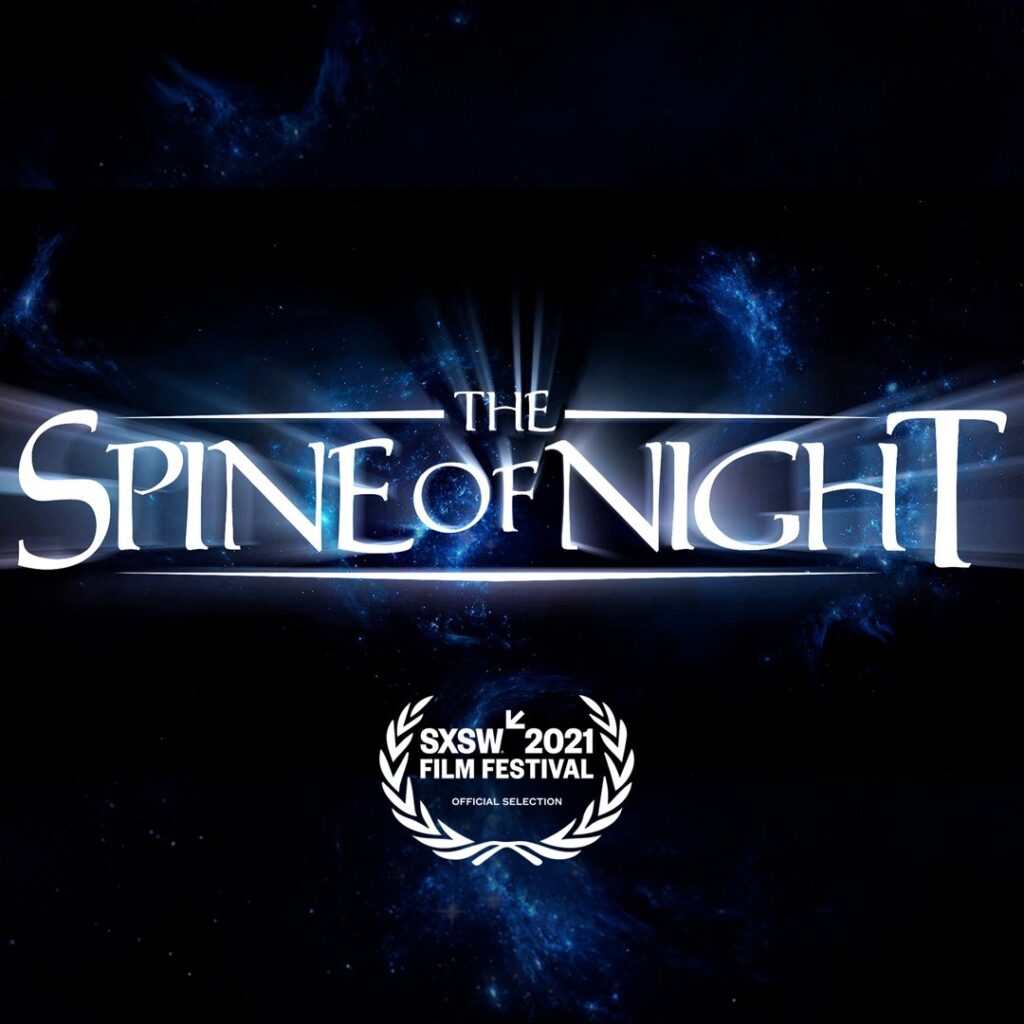
"…a visual masterwork."
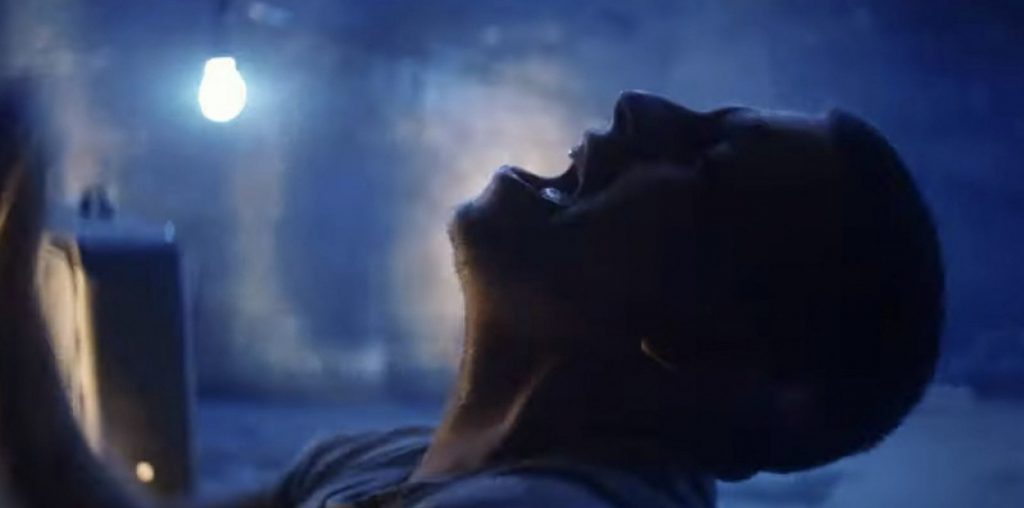
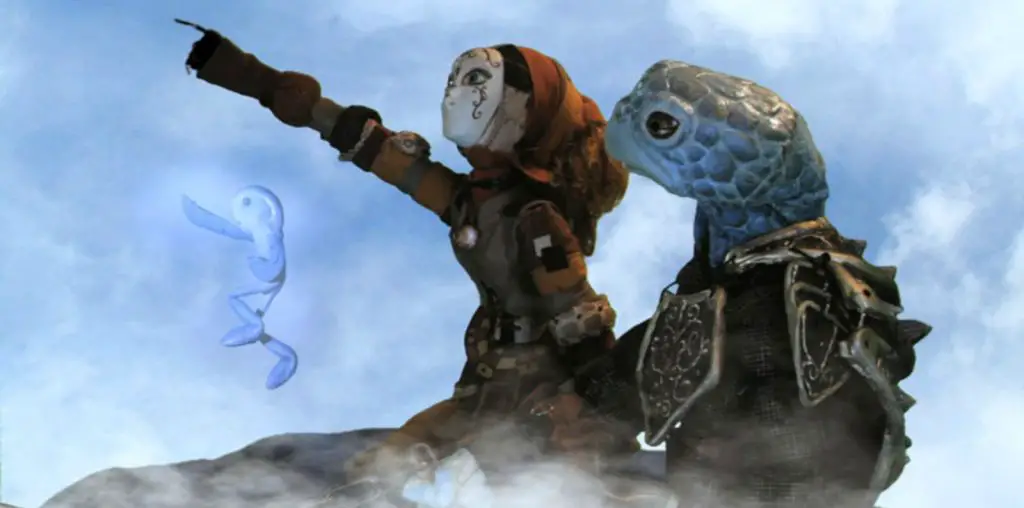
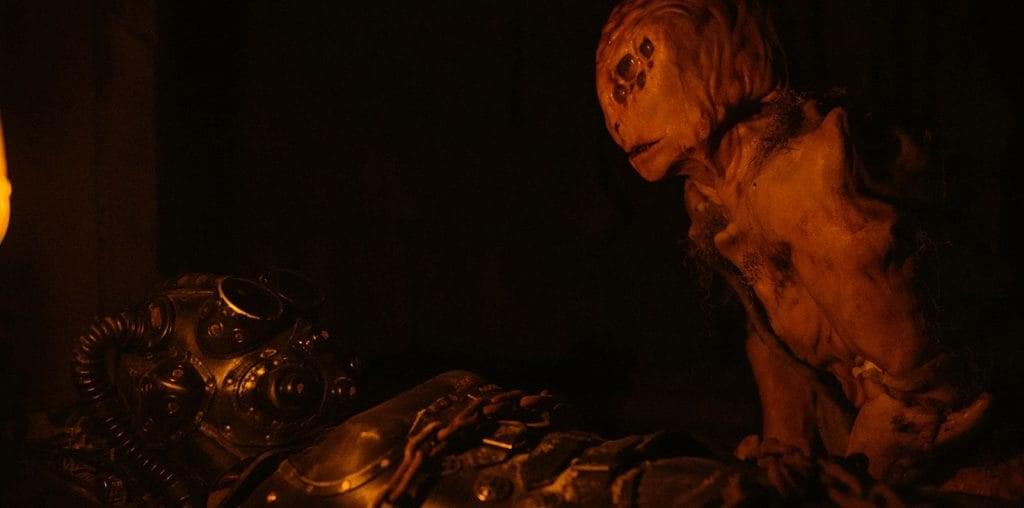
[…] post The Spine Of Night first appeared on Film […]